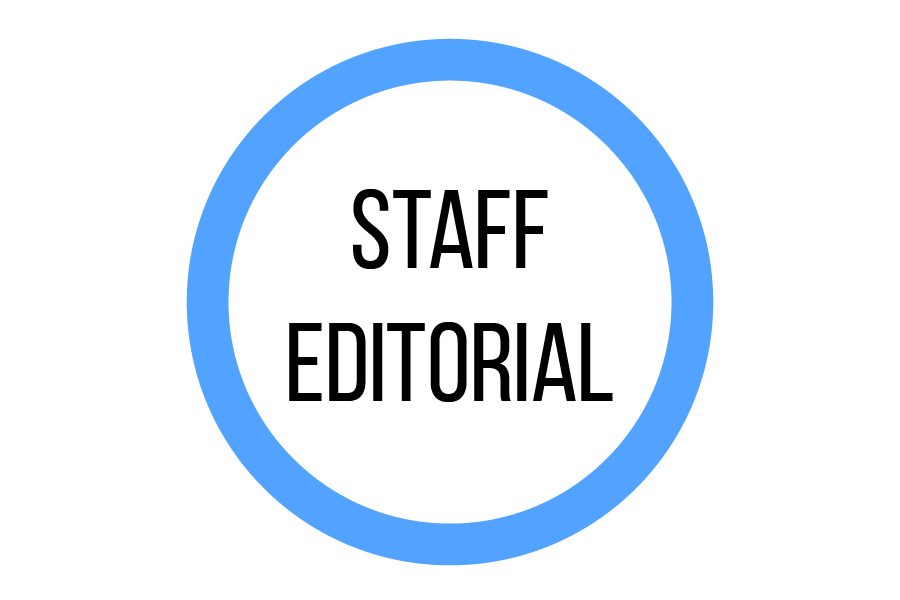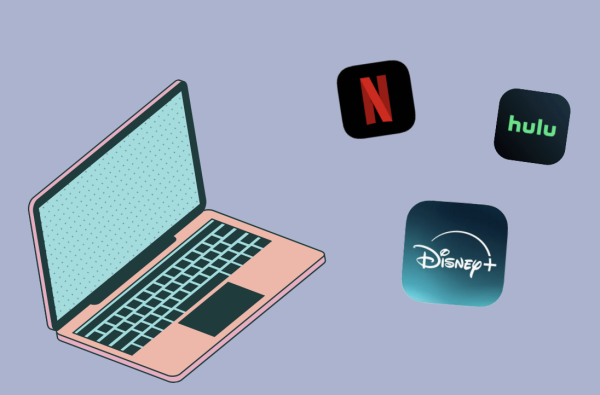MCPS needs to transition Whitman into virtual learning for two weeks — immediately.
January 4, 2022
Since our return to in-person school, Whitman students have, for the most part, managed to avoid a surge in coronavirus cases. We’ve worn our masks, stayed home during sickness and gotten tested when necessary in an attempt to keep the pandemic on a downward trajectory.
Despite our efforts, 101 of us — 4.56% of the student body — have reported testing positive for coronavirus with active cases as of January 3.
For many, the possibility of resorting back to virtual learning may feel like the worst-case scenario. But the recent spike in cases indicates that we are, indeed, confronting a dire situation –– one that threatens not just our community but the rest of our in-person school year.
And that’s why MCPS should immediately transition Whitman’s instruction to virtual learning for 14 days.
The rapidly spreading omicron variant — which has already outpaced delta — poses a danger we’ve never seen before. For almost all of the country, the variant has resulted in the tightening of previously-loosened pandemic rules. The U.S. is averaging nearly 500,000 cases a day, over the last seven-day period, with urban areas remaining particularly vulnerable.
Montgomery County, which has among the highest vaccination rates in the country, hasn’t gone untouched, and its schools remain Petri dishes. MCPS announced this morning that 11 of its schools are transitioning to virtual learning for 14 days since more than 5% of each school’s student population have reported infections, in accordance with the threshold the school district put into place on December 20.
MCPS has encouraged community members to report positive cases throughout winter break and get tested for the virus. But there’s an honor system relying on our community to comply, and the school district has no way to ensure that all students and staff returning to Whitman’s building have abided by those guidelines.
Whitman’s administrators conduct contact tracing, like those at other MCPS schools, but officials only reach out to individuals with who infected students have been in “close contact” during classes. MCPS defines “close contact” as “less than three feet” away from someone in a classroom setting — a distance so low that there are limited scenarios in which it would apply. A student could be close enough to someone that they could feel their breath from a sigh, yet not receive a call that they might have the virus because, by the school district’s definition, there was no close contact.
And most students’ interactions with peers aren’t just in their classrooms, but in the hallways and during lunch periods, spread across the school without masks. Even if administrators tried their hardest, it would be impossible for them to track down everyone with who the infected students engaged with.
MCPS’ quarantine policy isn’t promising, either. As of November, the school district no longer requires vaccinated students to quarantine if a “close contact” tests positive for coronavirus. The policy ignores the fact that those who are vaccinated can still spread the virus and experience symptoms.
We know omicron will likely peak in January. We all seem to know someone who has tested positive, whether a friend, family member or classmate. We know much more about how this virus spreads than we did two years ago, or even one year ago.
The reintroduction of virtual learning wouldn’t be ideal. The previous virtual school year revealed that online schooling could result in massive setbacks in students’ academic progress and mental health, disproportionately affecting students of lower socioeconomic levels. A two-week virtual learning period, however, would be far from the nine months of online school we endured last year. MCPS also has logistics in place to ease the transition, including plans for meal distribution and a supply of Chromebooks for all students.
It’s also true that the severity of cases has decreased on average; for vaccinated and boosted individuals, symptoms of the omicron variant tend to be similar to those of a common cold. But we don’t know how severe this variant’s long-term side effects could be, and we have a moral responsibility to remain vigilant for the many whose illnesses won’t be “average.”
A two-week period would ease every aspect of the problem at hand. It would allow students who got omicron during the break to recognize their symptoms and subsequently isolate themselves. It would allow for contact tracing efforts to catch up to transmission. It would allow omicron to hit its peak, then slowly decline, giving infected individuals time to recover.
A return to Zoom may be many Whitman students’ worst nightmare. We count ourselves among those who have, for months, dreaded the possibility of losing the in-person interactions we’ve relished this school year. But we’re living during a pandemic, and we need to prioritize the health and safety of our community.
By sacrificing two weeks of in-person learning, we can curb the spike in coronavirus infections and hopefully ensure that the rest of our academic year takes place within Whitman’s walls. As students, we’ve craved normalcy. We deserve normalcy — and, though it may seem ironic, two weeks of virtual learning is the way to achieve it.
Stay safe, Whitman.
A previous version of this article stated that MCPS doesn’t require unvaccinated students to quarantine if a “close contact” tests positive for coronavirus. It’s vaccinated students, not unvaccinated students, who don’t need to quarantine in that situation. The Black & White regrets the error.









David Billotti • Jan 7, 2022 at 4:35 pm
Completely misguided advice.
No Way to Grow Up https://nyti.ms/3FYTSRp
Casey P • Jan 4, 2022 at 9:38 pm
Saying that we need to prioritize the health of the student body completely disregards the mental health of the student body, which will undoubtedly be affected by online school. I thought b&w believed mental health is just as important as physical health?
Juan Guaido • Jan 5, 2022 at 9:10 am
two or three weeks of online school will not have the same impact on mental health that the year of online school we had did. maryland is in a “state of emergency” with the spike of cases right now; if you want to genuinely avoid a longer isolation period that is bound to come after the spike, it’s best to close school now to stop it.
brooksie78 • Jan 4, 2022 at 9:01 pm
Why? These cases all came when students were out of school. How would staying out of school change that?
Juan Guaido • Jan 5, 2022 at 9:14 am
sure maybe a lot of the cases right now were from outside of school with winter break, parties, etc., but the second we go back to school that has ZERO enforced social distancing and everyone goes back to eating lunch in a cafeteria that seats hundreds of people, omicron will spread like a wildfire.
Rupa Roy • Jan 6, 2022 at 12:34 am
Why donot give us the option of hybrid, if your child wants to go to school by all means pls go but why putting everyone in danger, people can have sick parents at home.With vaccines also it can still happen .we are requesting not forever just until this surge comes down .And seriously when everyone is discussing this what type of learning is happening ,in this environment. Specially the ones with anxiety are going through hell with this uncertainty. Told lot of schools are red not one word from the superintendent, my kids school have 40 cases today not one word from the principal .this is undesired and we can do much better.